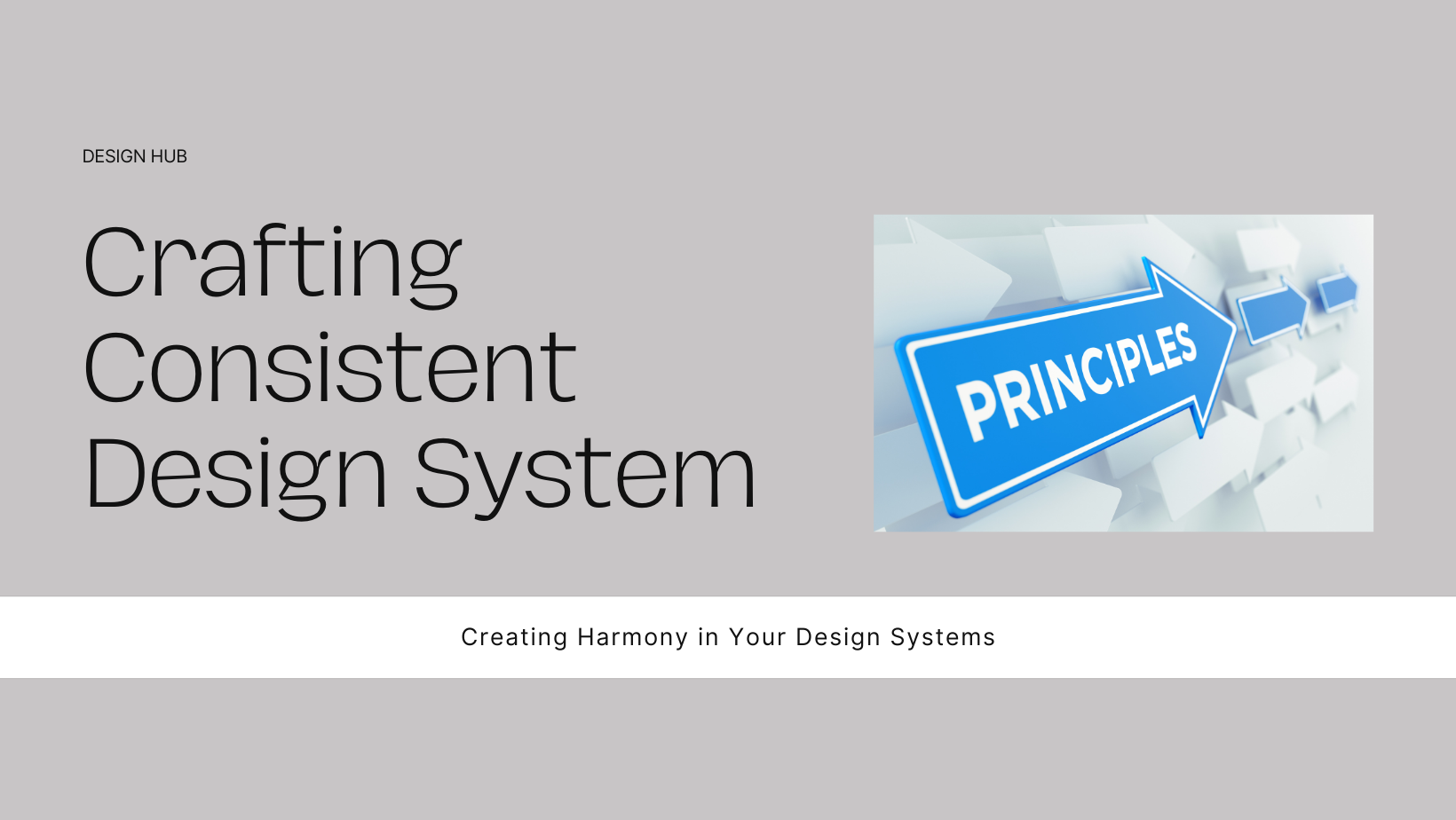In today’s digital landscape, maintaining a cohesive and seamless user experience (UX) across all platforms and devices is essential for building brand identity and user trust. A well-defined design system serves as the foundation for achieving consistency in design elements, patterns, and interactions throughout a product or service. Let’s explore the steps and principles involved in developing a consistent design system that enhances usability and strengthens brand presence.
Understanding Design Systems
A design system is a centralized collection of reusable components, guidelines, and standards that govern the creation of a digital product’s user interface (UI). It encompasses design principles, typography, color palettes, UI elements, patterns, and interactions—all meticulously documented and maintained to ensure consistency across different interfaces and user touchpoints. Design systems promote efficiency in design and development workflows while elevating the overall user experience through cohesive visual and interactive design.
Establishing Design Principles
The foundation of a successful design system begins with establishing clear and comprehensive design principles. Design principles articulate the core values, aesthetics, and goals that guide every aspect of the design process. These principles should align with the brand identity and user needs, influencing decisions on typography, color usage, spacing, and interaction design. By defining principles such as simplicity, consistency, accessibility, and scalability, teams can maintain a unified vision and uphold design integrity throughout the development lifecycle.
Conducting UI Inventory and Audit
Before developing a design system, conduct a comprehensive inventory and audit of existing UI components and patterns within the product ecosystem. Identify recurring elements, UI inconsistencies, and opportunities for standardization across different screens or modules. This audit serves as a baseline for defining reusable components and streamlining design elements to ensure coherence and efficiency in future design iterations.
Defining Reusable Components and Patterns
Central to a design system are reusable components and design patterns that promote consistency and efficiency in UI design and development. Define core components such as buttons, form fields, navigation menus, cards, and typography styles with clear guidelines on usage, behavior, and interaction states. Establish modular design patterns for layout grids, spacing systems, iconography, and responsive design principles to ensure adaptability across various screen sizes and device types.
Creating Comprehensive Documentation
Documentation is crucial for the adoption and maintenance of a design system. Create detailed guidelines, documentation, and resources that encompass design principles, component specifications, usage examples, accessibility considerations, and coding guidelines for developers. Use visual examples, code snippets, and interactive prototypes to illustrate proper implementation and encourage consistency across cross-functional teams involved in design, development, and product management.
Collaborating Across Teams
Developing a consistent design system requires collaboration and alignment across multidisciplinary teams—including designers, developers, product managers, and stakeholders. Foster a collaborative environment where teams can contribute insights, provide feedback, and iterate on design system components iteratively. Encourage cross-functional workshops, design reviews, and knowledge-sharing sessions to ensure that the design system evolves in response to user feedback, technological advancements, and changing business requirements.
Implementing Version Control and Iteration
Maintain version control and governance mechanisms to manage updates, revisions, and iterations of the design system effectively. Adopt versioning tools and repositories such as GitHub, Bitbucket, or dedicated design system platforms to track changes, document release notes, and facilitate seamless collaboration between design and development teams. Implement an iterative approach to design system evolution, incorporating user feedback and usability testing to refine components and address usability issues over time.
Conducting Usability Testing and Iteration
Validate the effectiveness of the design system through usability testing and iterative refinement. Gather user feedback through usability sessions, prototype testing, and analytics to identify usability issues, accessibility barriers, or inconsistencies in design implementation. Iterate on design system components based on qualitative insights and quantitative data, ensuring that improvements align with user expectations, accessibility standards, and evolving design trends.
Promoting Adoption and Training
Promote adoption of the design system across the organization through training programs, workshops, and resources that empower teams to leverage design system components effectively. Provide hands-on tutorials, documentation walkthroughs, and design system workshops to educate designers, developers, and stakeholders on best practices, guidelines, and benefits of using the design system. Foster a culture of continuous learning and collaboration to encourage adherence to design standards and drive consistency in UX design across projects.
Monitoring and Evolving the Design System
Monitor the usage, performance, and impact of the design system through analytics, user feedback, and stakeholder engagement. Continuously evaluate the effectiveness of design system components in achieving design goals, improving workflow efficiency, and enhancing user satisfaction. Evolve the design system iteratively based on emerging design trends, technological advancements, and user-centered insights to ensure its relevance, scalability, and long-term sustainability.
Conclusion
In conclusion, developing a consistent design system is essential for delivering cohesive user experiences that resonate with users and reinforce brand identity. By establishing clear design principles, defining reusable components, creating comprehensive documentation, and fostering cross-functional collaboration, organizations can streamline design workflows, improve development efficiency, and elevate the overall quality of digital products. Embrace the principles of consistency, scalability, and user-centric design to create design systems that not only meet current user needs but also adapt to future challenges and innovations in UX design.







